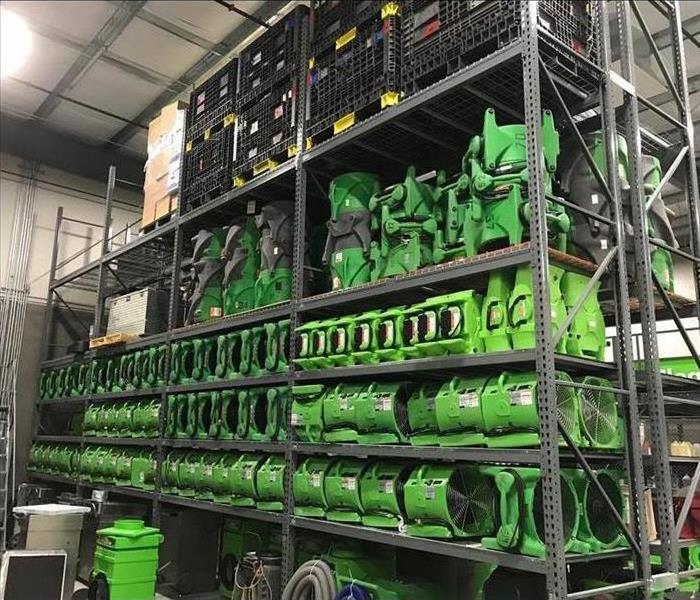5 Steps in Professional Water Damage Restoration
8/12/2019 (Permalink)
Water damage can occur with no warning, leaving behind an expensive and disruptive mess. While flooding is often associated with weather, it also occurs because of a pipe break, supply line break, fire sprinklers, and sewage leaks. A flooded home not only endures the stress but also have to deal with water damage to property.
The first thing when you encounter water in home or water in business is to open up all the windows to ensure adequate ventilation. Even water from a pipe break or supply line break can facilitate the development of mold and fungus that destroys wood.
Flood damage repair is a complex task that requires a variety of techniques and equipment provided by a professional restoration company. Depending on the degree of water damage, various steps are involved in mitigating the damages. The flood restoration process follows the following steps. In the case of a pipe break or a supply line break, the first step is to fix the break to mitigate continued water inflow.
1. Loss evaluation and categorization
Loss assessment is necessary for flood damage restoration. The evaluation has to provide correct data to enable appropriate water cleanup response. The process involves identifying the source of the damage, documentation of the damage and providing accurate estimates for the flood restoration. The experts then categorize the damage based on the degree of contamination of the water.
2. Floodwater removal
The initial step in water damage restoration is to remove the water. Water cleanup companies have a variety of equipment to handle every scene. Usually, they use a portable submersible water pump pumps to pump out water in business or water in home. The pumps have a high threshold and can dry out a flooded home in a short time. This is important to mitigate water damage.
The flood mitigation experts use sensor equipment to establish the amount and extent of moisture in a flooded home. A restoration company can use the infrared sensor, which gives accurate reading while damage mitigation technicians take high-quality digital pictures and evaluate the extent of the damage. This step is necessary to determine the degree of flood damage and the mitigation measures against mold growth.
3. Water Drying
Because any residual water can cause mold growth, it is important to dry a flooded home completely. As mitigation against mold, the flood experts use various methods to dry water depending on the severity of the situation.
4. Mold Inspection and Removal
If not adequately addressed, residual water can encourage mold damage. Flood mitigation professionals use special detergents to sterilize the area. The compounds create an unfavorable environment that deters mold growth. A flooded home can also develop some odors. The experts use special deodorants and encourage ventilation to eliminate the lingering odor and airborne contaminants.
5. Monitoring and Completion
Monitoring the restoration process is important to achieve the best results. The flood mitigation experts are always proactive in the monitoring process. They ensure the drying machines is set up appropriately and working correctly. The restoration company will take the necessary steps if anything fails during the process. The process of flood damage restoration is considered complete only when the humidity or moisture and temperature are restored to industry standard. Once complete, the equipment can be removed.
Each water cleanup, whether in home or in a business, is unique and needs a proper analysis of the situation. Our professionals know how to apply the appropriate equipment and methods for removing water as fast as possible. Visit http://www.SERVPRObradleycounty.com for more information on water damage.






 24/7 Emergency Service
24/7 Emergency Service
